Transformer connection grouping, how much do you know?
Transformer connection group, which is a highly technical representation used to describe the combination wiring form of the primary and secondary windings of the transformer. In the power system, its importance cannot be overstated. Typically, common transformers have two types of connections: triangular and star-shaped on the high-voltage side. The triangle connection method has the characteristics of compact structure and strong stability, and is suitable for some occasions with high requirements for voltage stability. The star connection method is excellent in reducing harmonic interference and improving power quality. On the low pressure side, triangular or star connections are also available. These connections are combined with each other to form a variety of wiring forms. In addition, because there is a certain angle difference between the voltage on the high-voltage side and the low-voltage side, this further enriches the performance characteristics and application scenarios of the transformer.
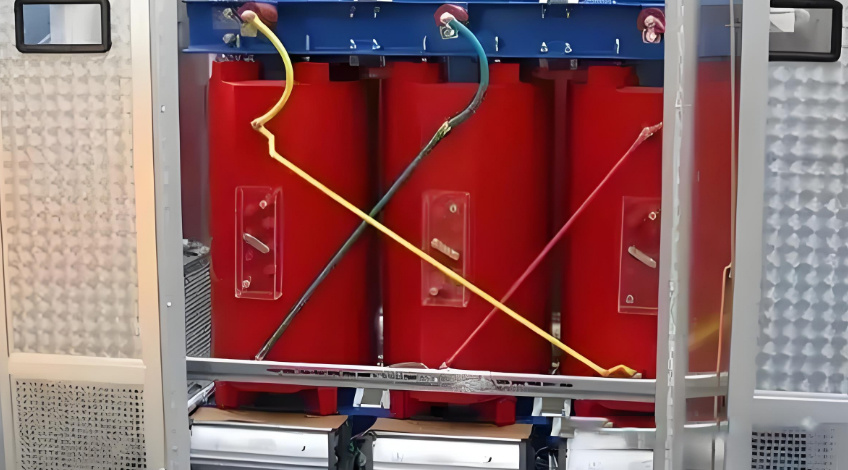
In addition, there are two completely different ways to ground and not to ground the neutral point on the high and low voltage side. Neutral grounding can effectively improve the safety of the system and reduce the risk of electric shock. The non-grounding method plays a unique role in certain specific environments and needs.
It is these numerous factors that are intertwined and together form all the key elements of the transformer connection group. For example, the connection groups marked on the nameplates of transformers that we commonly use in our daily life and work, such as DYN11. So, what does this mean exactly? It means that the high-voltage side is triangular and the low-voltage side is star-shaped, and the neutral point on the low-voltage side is grounded. When we have a deep understanding of the internal laws of the transformer connection group, no matter how complex the nameplate identification, we can understand the mystery at a glance, so as to accurately grasp the performance and scope of application of the transformer, and provide a solid guarantee for the stable operation and efficient work of the power system.
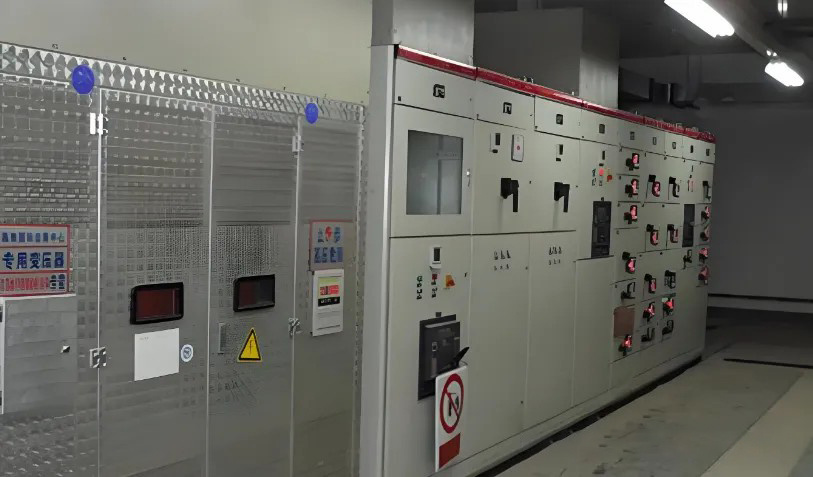
▷ Transformer connection groups and winding methods: In the authoritative and normative system of IEC standards, the latest and detailed representation of transformer winding connection groups is clearly specified. As far as the three-phase transformer winding is concerned, when it is connected into several different forms, such as star, triangle and zigzag, the high-voltage winding is represented by the capital letters Y, D and Z with specific meanings and identification functions. For medium and low voltage windings, in order to distinguish them, they are represented by lowercase letters y, d, and z, respectively.

更进一步来讲,如果是星形或曲折形联结并且存在中性点引出的情况,那么则会分别通过大写的 YN 或 ZN,以及小写的 yn 或 zn 来进行精准的表示。这种细致且严谨的表示方式,旨在确保在电力领域中对于变压器绕组联结情况的描述准确无误。要知道,变压器的绕组联结并非简单的组合,而是按照高压、低压绕组联结的先后顺序进行有机组合,如此形成的特定组合形式,便是所谓的绕组的联结组。
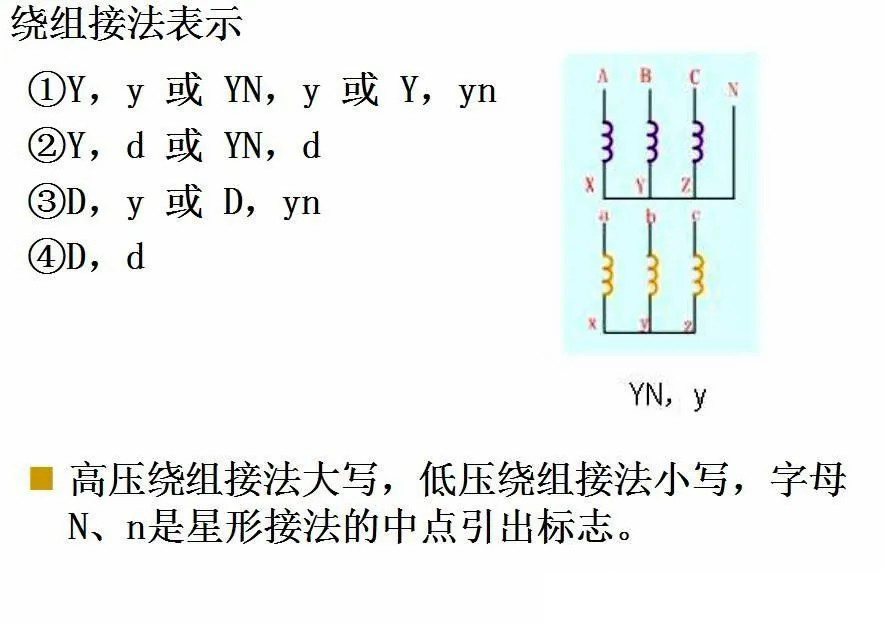
▷ Common connection groups and scope of application of transformers:1. The significance of Dyn11: The "D" in it represents the triangular connection on the high-voltage side. This connection has good stability and voltage resistance, and can withstand high voltage and current shocks. The "y" indicates that the low-voltage side is a star connection, which helps to reduce harmonic interference and improve power quality. "N" means that the neutral point on the low pressure side is drawn out, and this design provides convenient conditions for the grounding protection of the system. The "11" refers to a 30-degree phase difference on the high and low pressure sides.
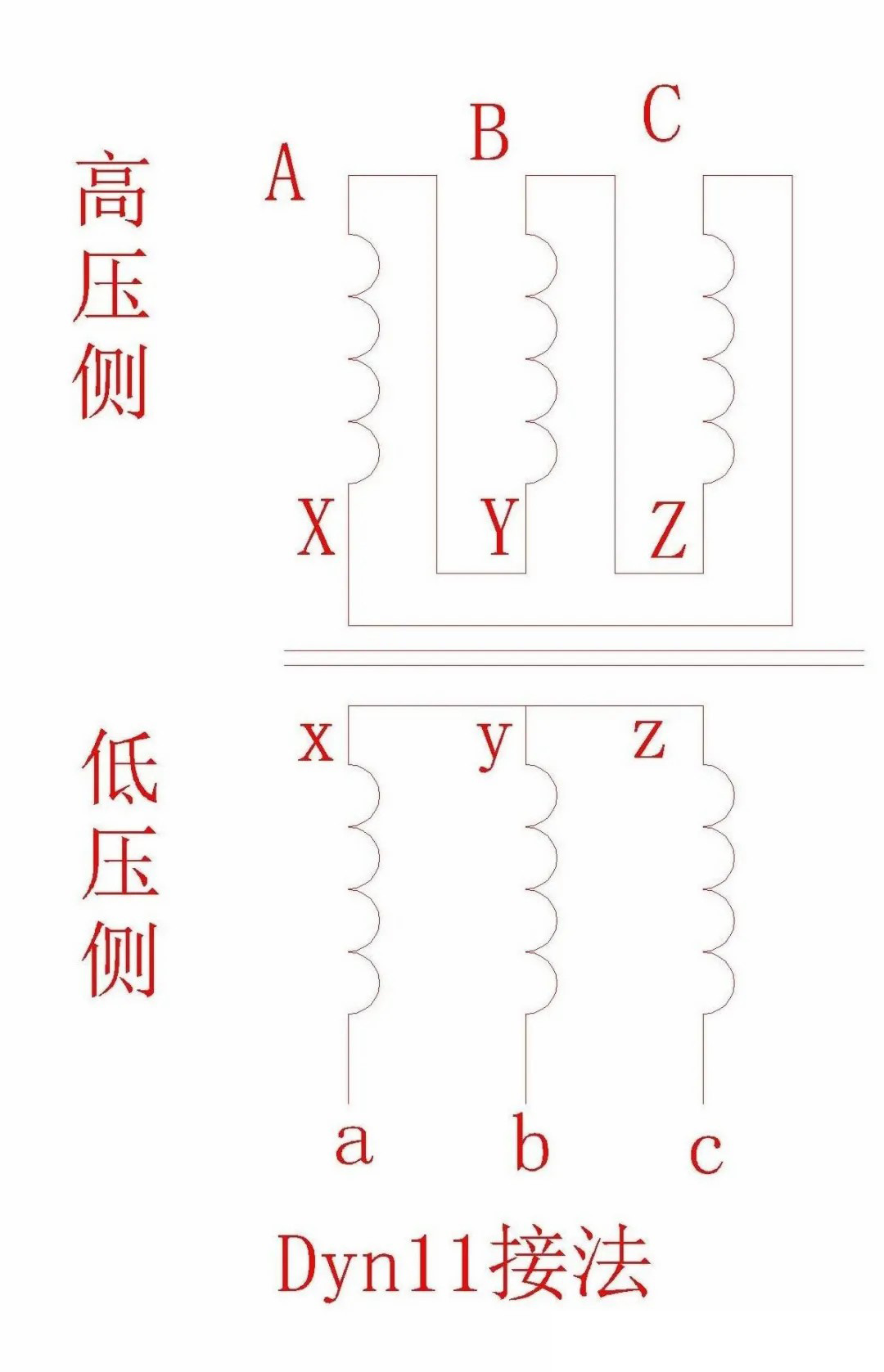
2. The meaning of Yyn0: "Y" indicates that the high-voltage side is a star-shaped connection, and there is no neutral point to lead. This connection simplifies the wiring structure on the high-voltage side to a certain extent. "Y" indicates that the low-pressure side is also star-shaped, and "N" represents the neutral point leading out. "0" means that the phase difference between the high and low pressure side is 0 degrees. Occasions of use: basic balance of three-phase load; The harmonics of the power supply system are not serious; Commonly used in 10KV systems.
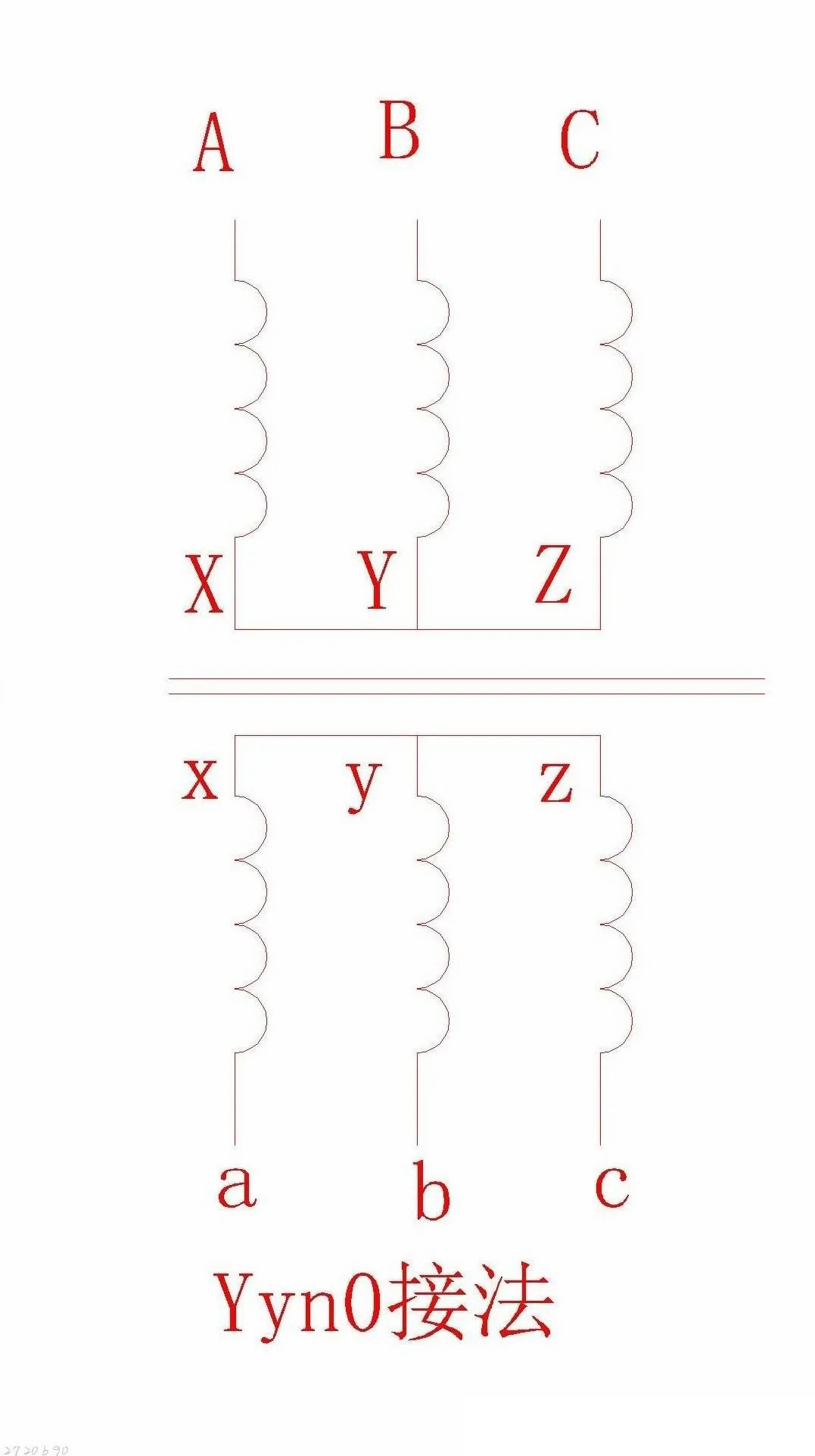
3. Yd1 significance: "Y" represents the high-voltage side for the star connection, which is conducive to reducing the insulation requirements of the high-voltage side and saving costs. "D" indicates that the low-voltage side is triangular connection, which can provide a better loop current path and enhance the load capacity of the transformer. "1" indicates that the phase difference between the high and low pressure side is 30 degrees. In terms of use occasions, the Yd1 connection method is commonly used in 35KV power distribution systems.
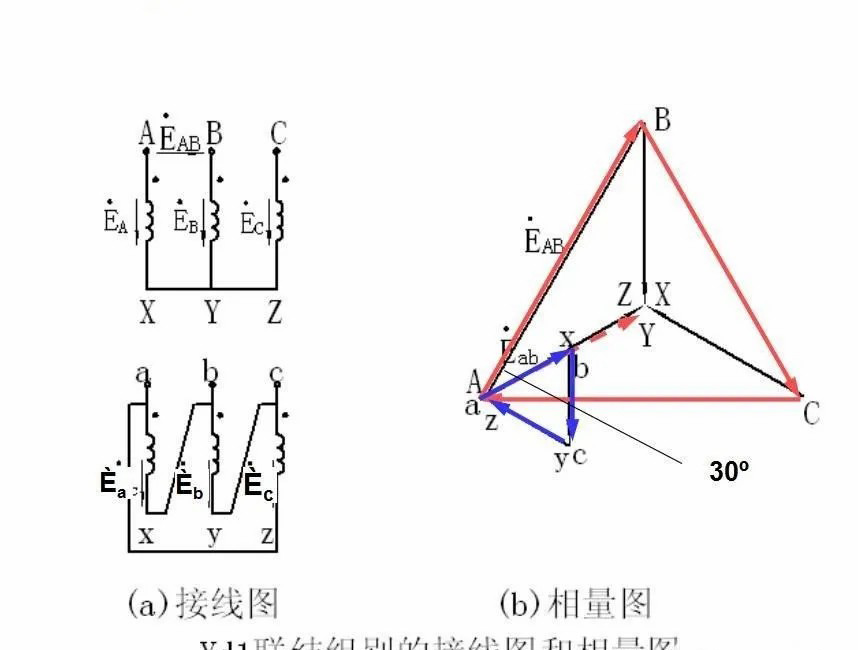
Key words:
Aceite-transformador de poder lmmersado
Recommended
Understanding the Role of the Main Transformer in Substations







